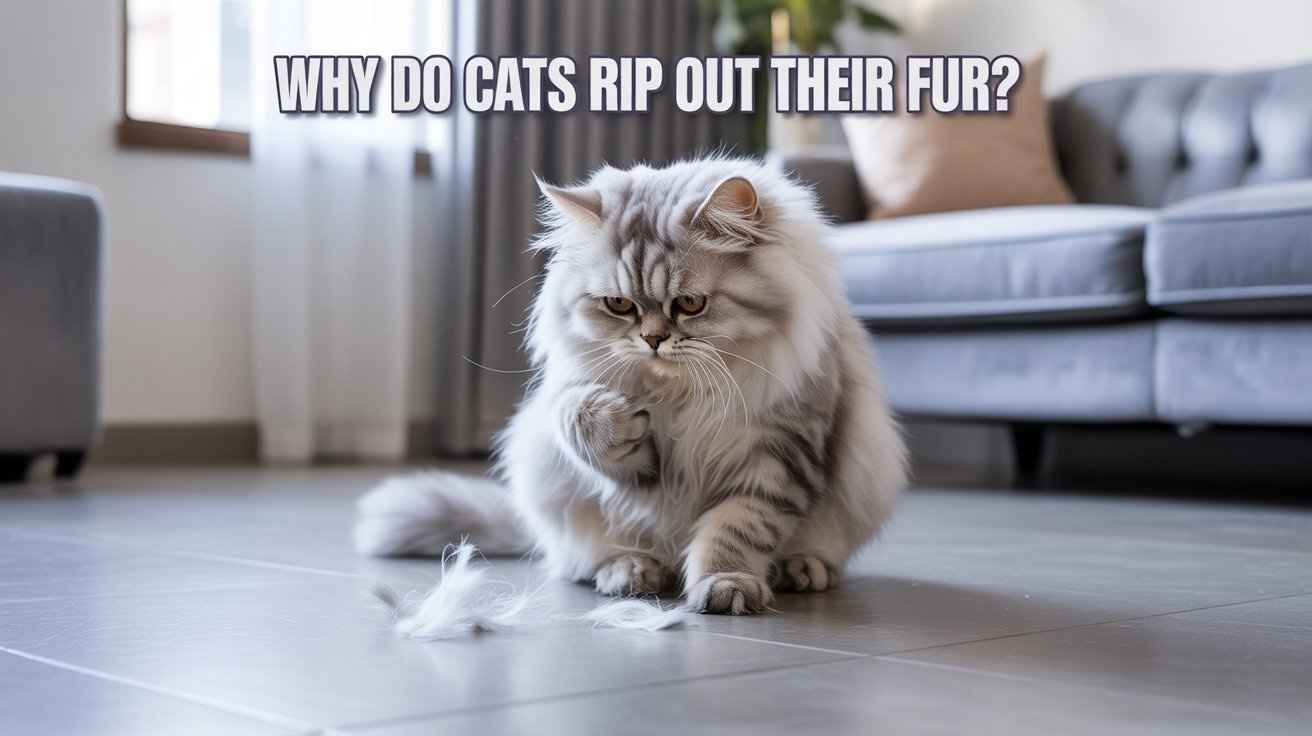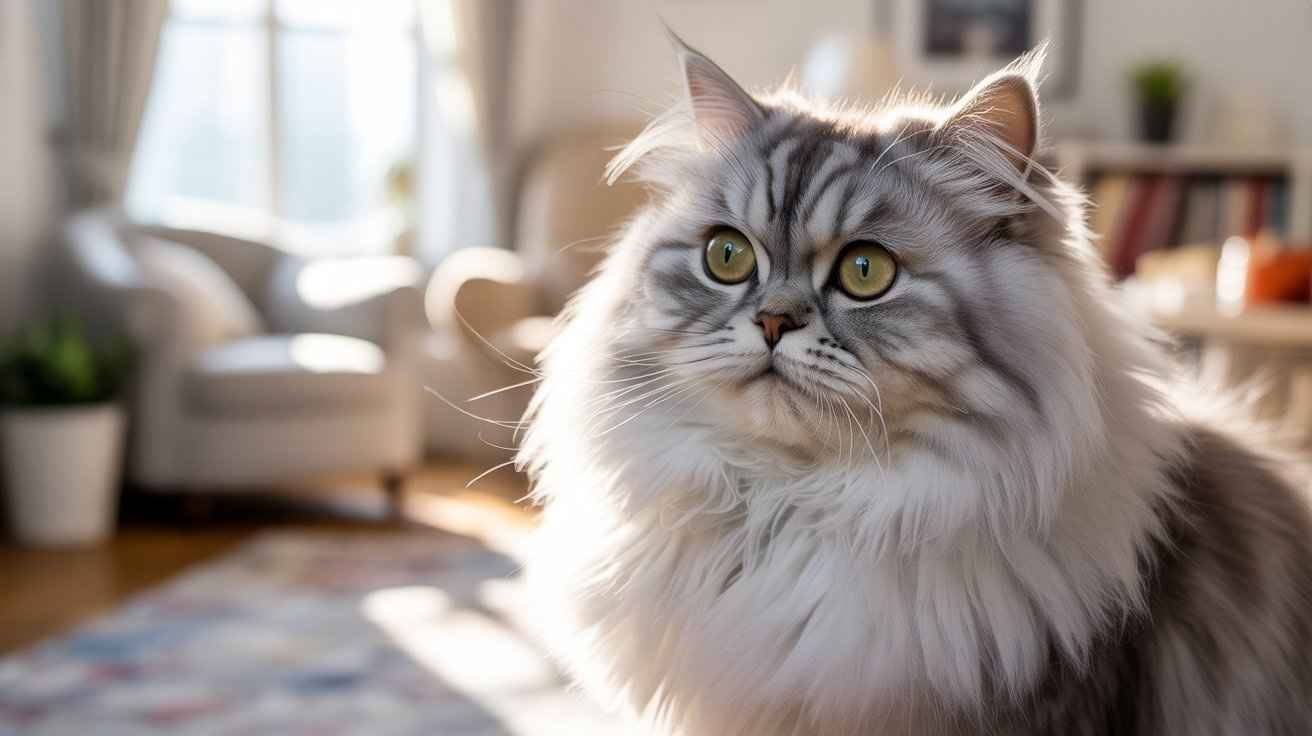Why Do Cats Pull Their Nails? The top 5 Reasons include shedding old nail layers, sharpening claws, natural grooming, comfort, and rare health concerns.
Why do cats pull their nails?
Why do cats pull their nails? This is a common question among cat owners who notice their pets nibbling, chewing, or tugging at their claws.
In most cases, this behavior is a regular part of cat grooming habits, helping them remove the old nail sheath and keep claws sharp.
Still, frequent or aggressive nail pulling can point to cat claw problems such as injury, infection, or stress. Understanding the difference is key to good care.
Top 5 Reasons Cats Pull Their Nails
| Reason | Easy Explanation |
|---|---|
| 1. Old nail cover | Cats pull to take off the dry, old nail. |
| 2. Cleaning | They want to remove dirt or litter stuck. |
| 3. Sharp claws | Pulling helps keep claws ready and strong. |
| 4. Stress | Cats may chew nails when they feel nervous. |
| 5. Hurt paw | They want to remove dirt or litter that is stuck. |
Is This Normal?
Why do cats pull their nails? Most of the time, it is regular grooming. Cats do this to take off the old nail sheath and keep their claws clean.
Think of it like cutting your own nails. If you notice blood, swelling, or limping, it may indicate a claw infection or injury, and your cat should see a vet.
How a Cat’s Claw Works
Cat claws form in layers, with new parts pushing out the old, just like peeling skin. The outer layer, called the nail sheath, becomes dry and peels off over time.
Cats scratch, bite, or pull at their claws to shed this layer and keep them sharp. Scratching also marks territory and stretches muscles, which is why a scratching post is essential.
Just like people trim their nails, cats shed their old sheaths to keep their claws healthy and strong.

Regular Grooming: Why Cats Pull or Chew Nails
Cats chew or pull their nails to remove the old sheath and keep the new claw sharp. This is similar to people trimming nails. Sometimes they do it to clear out dirt, litter, or dust stuck in their claws.
It’s a regular grooming habit that keeps claws strong for scratching, climbing, and play. A good scratching post helps shed old sheaths naturally, reducing the need for chewing and saving your furniture.
Medical Causes: Infections, Injuries & Nail Disorders

Excessive nail chewing can signal health issues. Infections (paronychia) cause redness, swelling, pus, or a bad smell. Broken nails from getting caught may bleed and hurt. Fungal or bacterial infections can make claws crusty or misshapen.
Cutting a nail too short into the quick is painful and leads to bleeding. Older cats may grow thick or deformed claws that don’t shed properly.
If you notice swelling, limping, pus, or foul odor, it’s time for a vet check for cleaning and treatment.
Behavioural Causes: Stress, Boredom, Overgrooming

Not all nail-pulling is about sickness. Sometimes cats do it because of their feelings. A cat that feels stressed or worried may start to overgroom. This means licking, chewing, or pulling the nails more than usual.
Bored cats may also chew their claws just to pass the time. It becomes a habit, like people biting their nails when nervous. If your cat stays indoors without enough play, it may show this behavior more often.
To help, give your cat toys, scratching posts, and playtime every day. A busy and happy cat is less likely to chew nails too much. If the chewing continues even with play and care, it is best to ask a vet for advice.
Warning Signs That Need a Vet
Most cats pull their nails to stay clean, but sometimes this behavior indicates a problem. You should take your cat to a vet if you see these signs:
- Bleeding around the nail
- Swelling or pus coming from the paw
- A foul smell from the claws
- Your cat is limping or won’t use the paw
- The nail looks broken or strange
- Your cat keeps licking or biting the same paw
These are not everyday grooming habits. They mean your cat may need treatment.
Home Care: Helping Your Cat’s Nails
Check your cat’s paws weekly for dirt, cuts, or broken nails. Gently clean the paw with a soft, wet cloth if needed. Provide scratching posts to help shed old nail sheaths naturally.
When trimming, only clip the sharp tip—never the pink quick—to avoid pain and bleeding. If unsure, ask a vet or groomer. Nail caps can protect furniture, but ensure your cat is comfortable.
With simple care, your cat’s claws stay clean, healthy, and strong.

Prevention Tips

It is easier to prevent nail problems than to fix them later. Here are some simple steps:
- Keep the litter box clean to prevent germs from getting on the paws.
- Give your cat scratching posts and toys. This helps shed the old claw sheath and keeps nails strong.
- Do regular nail trims every 2–4 weeks. Only cut the sharp tip, not the quick.
- Check your cat’s paws after it plays outside. Look for dirt, minor cuts, or broken nails.
- Never use declawing. It is painful and unsafe. Instead, trim nails or use scratching posts.
By following these steps, your cat’s claws will stay healthy, sharp, and clean. Regular care also keeps your pet happy and active.
FAQs
Q1. Why do cats pull their nails?
Cats pull nails to remove the old cover. This keeps the claws clean and sharp.
Q2. Is it bad if my cat chews nails?
Not always. It can be regular grooming. But if you see blood, swelling, or limping, go to a vet.
Q3. Can I cut my cat’s nails at home?
Yes. Use cat nail clippers. Cut only the tip. Do not cut the pink part (quick).
Q4. Why are my cat’s paws red or smelly?
This may be an infection. The paw could be sore or swollen. A vet should check it.
Q5. How can I stop my cat from chewing its claws too much?
Give toys, a scratching post, and playtime. A happy cat chews less. If it continues, ask a vet.
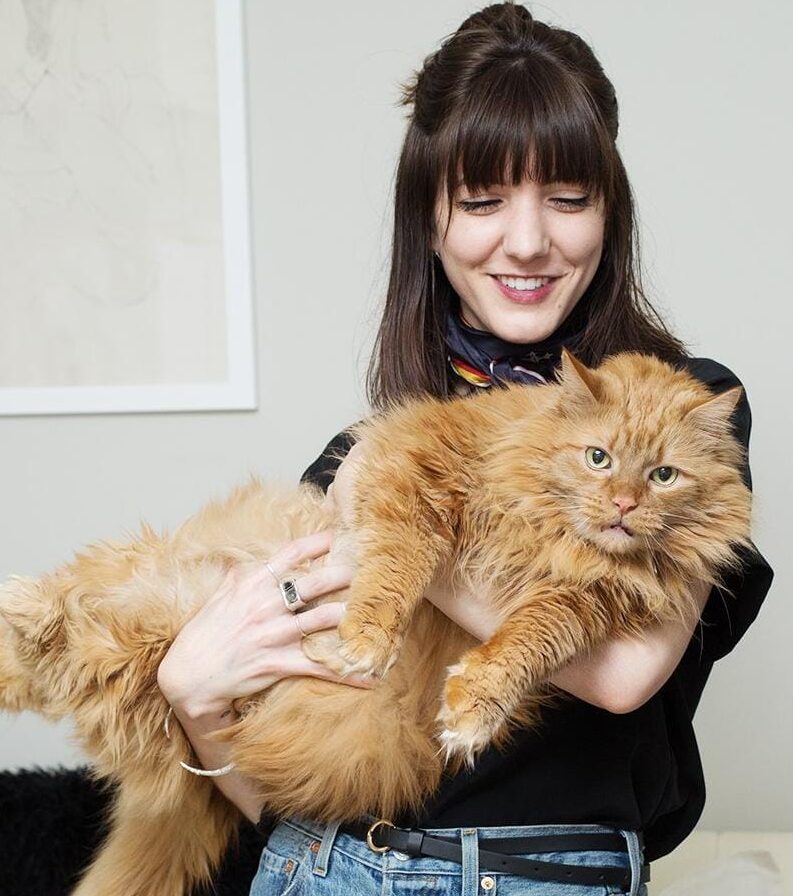
Hi, I’m Sana Sajid!I’m the voice behind CatsCare.blog, sharing my 10+ years of hands-on cat care experience. With a diploma in animal care, I offer practical tips, trusted advice, and easy-to-follow guides to help keep your cats healthy and happy.
When I’m not writing, I spend time with my own cats or exploring the latest developments in feline health. Follow CatsCare.blog for expert insights and real cat stories!

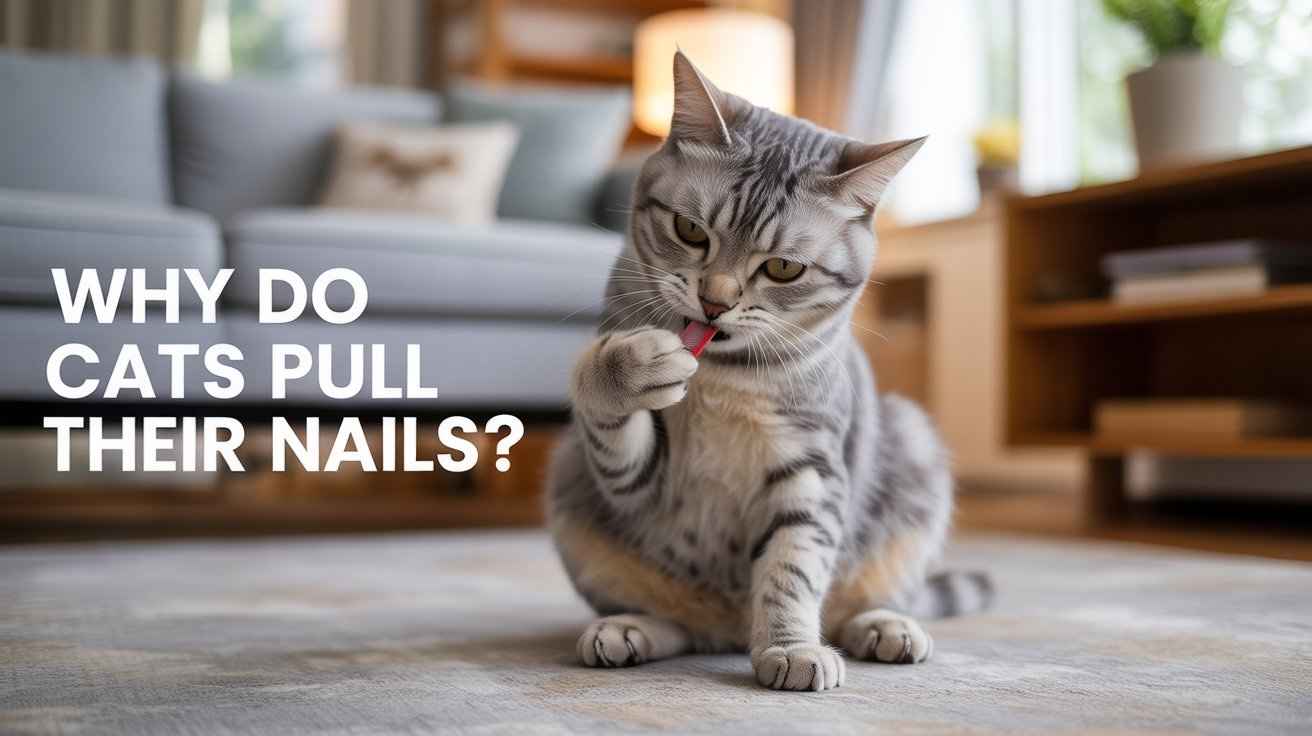
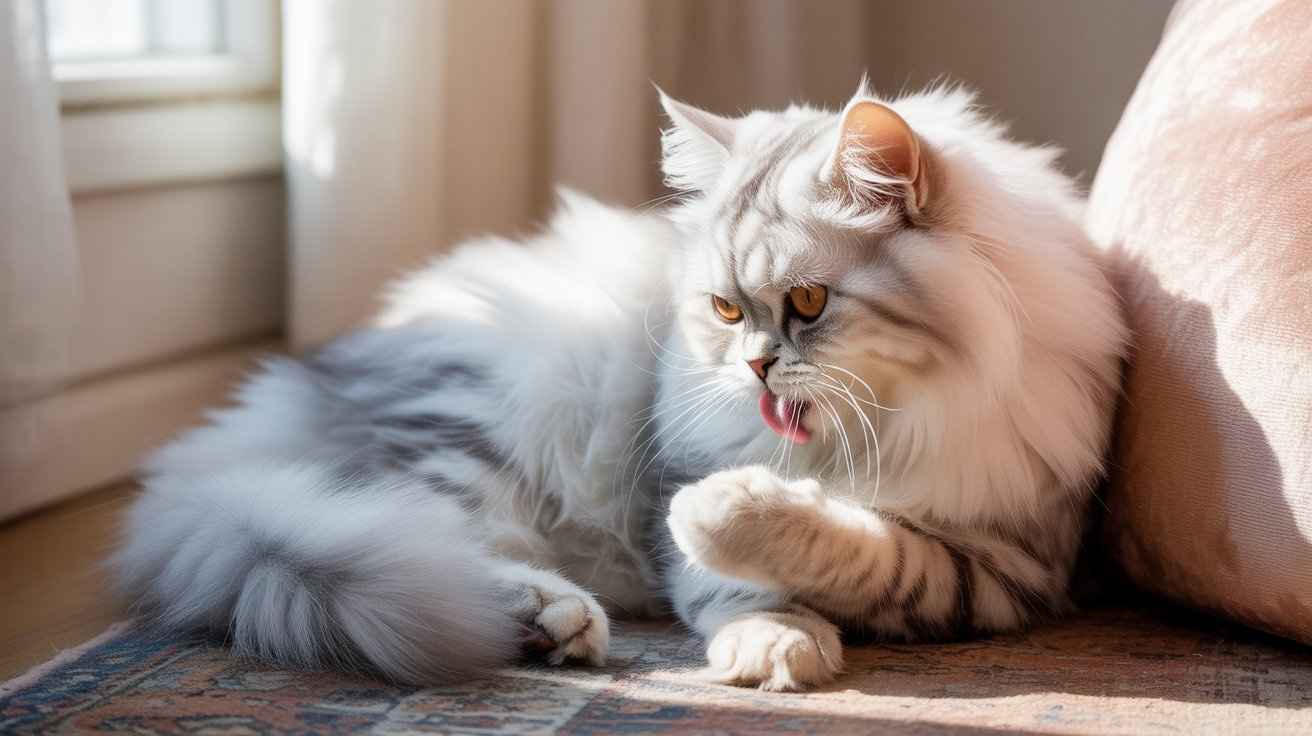
![A sleek black cat with bright yellow eyes and a white chest patch is lying down in front of a blurred bookshelf filled with books. [Why Black Cats Have Yellow Eyes]](https://catscare.blog/wp-content/uploads/2025/10/Why-Black-Cats-Have-Yellow-Eyes.jpg)
